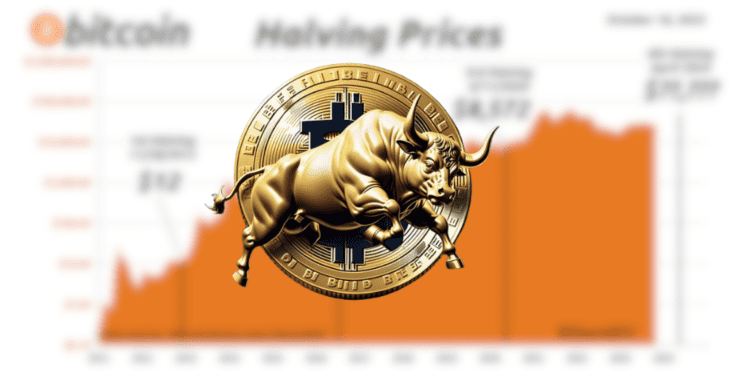- The upcoming Bitcoin halving event will reduce miner rewards from 900 to 450 BTC per day, making new Bitcoin harder to produce over time.
- Grayscale Investments says this halving is unique due to the advent of Bitcoin ETFs, which provide stable demand, and NFT innovations, which offer new revenue streams for miners.
- Miners have been preparing by selling some of their Bitcoin reserves ahead of the halving to better handle the impact of reduced block rewards.
The Bitcoin halving event, which occurs every four years, is just around the corner. With less than 10,000 blocks remaining until the next halving, the countdown is on. This event has major implications for Bitcoin’s scarcity and the crypto industry as a whole.
Bitcoin Halving 101
The Bitcoin halving refers to the periodic slashing of miner rewards. Currently, miners receive 900 BTC per day for securing the network. After the halving, this will drop to 450 BTC daily.
Halvings are significant because they make new BTC harder to produce over time. Historically, halvings lead to increased mining difficulty and bullish price action afterward.
Grayscale: Why This Halving is Unique
According to Grayscale Investments, this upcoming halving carries distinct implications compared to previous ones. The crypto asset manager cites Bitcoin’s surge in utility over the past year as setting this halving apart.
Growth of Bitcoin ETFs
One key difference is the advent of Bitcoin exchange-traded funds (ETFs). These provide a stable demand outlet that could offset downward pressure on price from reduced mining rewards.
ETFs also expand access, potentially driving mainstream adoption. As Grayscale notes, “ETFs create access to Bitcoin exposure to a greater network of investors, financial advisors, and capital market allocators.”
Emergence of BTC NFTs
Another factor is the rise of NFTs like ordinal inscriptions on the Bitcoin blockchain. These present a new income stream for miners through increased transaction fees.
Ordinals have already generated over $200 million in fees as of early 2024. Ongoing innovation and developer activity is expected to sustain this trend.
Miners Preparing for Impact
Miners have also been proactively preparing for halving implications by selling some of their BTC reserves since late 2023. This positions them better to handle reduced block rewards.
Even if some miners drop off, network difficulty will adjust to maintain stability. “While [BTC] has long been heralded as digital gold, recent developments suggest that [it] is evolving into something even more significant,” Grayscale concluded.














